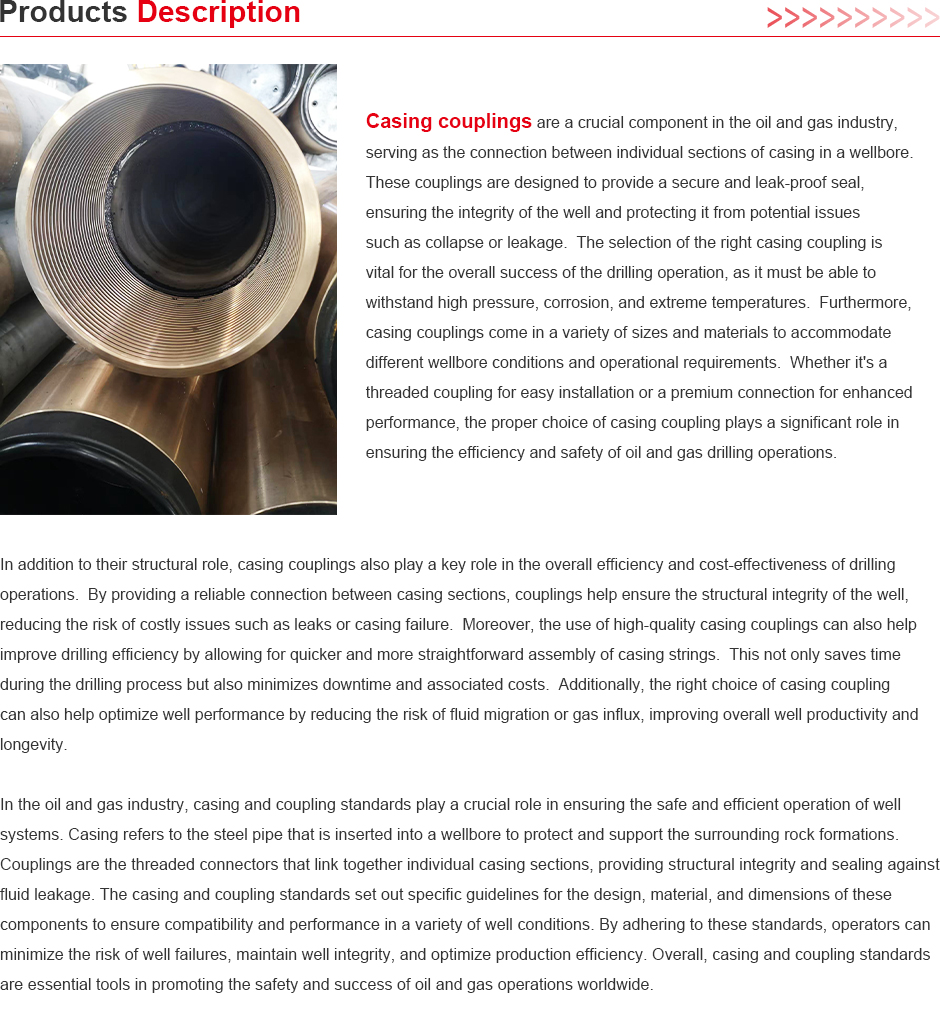- Afrikaans
- Albanian
- Amharic
- Arabic
- Armenian
- Azerbaijani
- Basque
- Belarusian
- Bengali
- Bosnian
- Bulgarian
- Catalan
- Cebuano
- Corsican
- Croatian
- Czech
- Danish
- Dutch
- English
- Esperanto
- Estonian
- Finnish
- French
- Frisian
- Galician
- Georgian
- German
- Greek
- Gujarati
- Haitian Creole
- hausa
- hawaiian
- Hebrew
- Hindi
- Miao
- Hungarian
- Icelandic
- igbo
- Indonesian
- irish
- Italian
- Japanese
- Javanese
- Kannada
- kazakh
- Khmer
- Rwandese
- Korean
- Kurdish
- Kyrgyz
- Lao
- Latin
- Latvian
- Lithuanian
- Luxembourgish
- Macedonian
- Malgashi
- Malay
- Malayalam
- Maltese
- Maori
- Marathi
- Mongolian
- Myanmar
- Nepali
- Norwegian
- Norwegian
- Occitan
- Pashto
- Persian
- Polish
- Portuguese
- Punjabi
- Romanian
- Russian
- Samoan
- Scottish Gaelic
- Serbian
- Sesotho
- Shona
- Sindhi
- Sinhala
- Slovak
- Slovenian
- Somali
- Spanish
- Sundanese
- Swahili
- Swedish
- Tagalog
- Tajik
- Tamil
- Tatar
- Telugu
- Thai
- Turkish
- Turkmen
- Ukrainian
- Urdu
- Uighur
- Uzbek
- Vietnamese
- Welsh
- Bantu
- Yiddish
- Yoruba
- Zulu
Casing Coupling Specifications and Dimensions for Optimal Well Construction and Operations
Understanding Casing Coupling Dimensions in Oil and Gas Operations
The oil and gas industry relies heavily on casing and coupling systems to ensure the integrity and safety of drilling operations. Casing refers to the series of steel tubes that are inserted into a drilled well to provide structure and support, preventing the wellbore from collapsing and allowing for safe extraction of hydrocarbons. Couplings, on the other hand, are the threaded connections used to connect two sections of casing together. Understanding casing coupling dimensions is crucial for effective drilling and completion operations.
Importance of Casing and Coupling
The primary purpose of casing is to isolate the wellbore from surrounding formations, which is vital for preventing contamination of groundwater and ensuring the safe management of pressure within the well. Couplings play an equally crucial role, as they provide a secure and tight joint between casing sections, minimizing the risk of leaks and failures.
Proper casing and coupling dimensions are essential for maintaining structural integrity under various downhole conditions, including high pressures, temperatures, and corrosive environments. Each application may demand specific casing and coupling sizes, based on factors such as well depth, geological conditions, and the characteristics of the hydrocarbons being extracted.
Key Dimensions of Casing and Couplings
Casing dimensions are typically specified by several key parameters outer diameter (OD), inner diameter (ID), wall thickness, length, and grade. The outer diameter is the most critical measurement, as it determines how the casing will fit within the wellbore and influence the choice of drilling equipment. Common casing sizes range from as small as 4.5 inches to as large as 20 inches or more, depending on the application.
Wall thickness is equally important, as it affects the casing's ability to withstand external pressures and mechanical stresses encountered during drilling operations. High-strength steel grades are often employed for deep wells or challenging geological formations, where higher resistance to collapse and deformation is necessary.
casing coupling dimensions

Couplings, generally standardized in dimensions, are designed to connect two sections of casing while maintaining the overall strength of the assembly. These components often have dimensions that mirror the casing they connect; for instance, a coupling for a 5-inch casing will typically have an outer diameter that matches and a length sufficient to ensure a robust connection.
Casing Coupling Standards
International and national standards, such as those set by the American Petroleum Institute (API), provide guidelines for casing and coupling dimensions. These standards help ensure compatibility between different manufacturers' products and promote safety and reliability in well construction. API classes and specifications delineate the necessary dimensions, mechanical properties, and performance criteria, making it easier for operators to select appropriate materials for their projects.
Selecting the Right Dimensions
When selecting casing and coupling dimensions for a drilling project, several factors must be considered. Well depth and expected pressures play a significant role in determining wall thickness and grade, while the geology of the drilling site can impact the choice of outer diameter. Operational considerations like installation methods and environmental regulations also influence the decision-making process.
Having a thorough understanding of casing coupling dimensions not only aids in ensuring the structural integrity of wells but also enhances safety measures, reduces operational risks, and minimizes costs associated with failures during drilling operations. Knowledge of these parameters allows engineers and operational managers to make informed decisions, ultimately improving the efficiency and success of oil and gas extraction.
Conclusion
In conclusion, the significance of casing coupling dimensions cannot be understated in the context of the oil and gas industry. By adhering to appropriate standards and understanding the critical dimensions involved, operators can enhance the safety, efficacy, and reliability of their drilling operations. The ability to select and implement the correct casing and coupling sizes ensures that wells are constructed to withstand the challenges posed by the downhole environment, thereby securing both economic and environmental interests.
-
Tubing Pup Joints: Essential Components for Oil and Gas OperationsNewsJul.10,2025
-
Pup Joints: Essential Components for Reliable Drilling OperationsNewsJul.10,2025
-
Pipe Couplings: Connecting Your World EfficientlyNewsJul.10,2025
-
Mastering Oilfield Operations with Quality Tubing and CasingNewsJul.10,2025
-
High-Quality Casing Couplings for Every NeedNewsJul.10,2025
-
Boost Your Drilling Efficiency with Premium Crossover Tools & Seating NipplesNewsJul.10,2025







